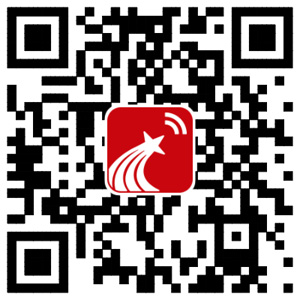关键词:
Chronic hepatitis virus C infection
Hepatocellular carcinoma risk
IL-1β C/T gene polymorphism
Interleukin IL-1β
Interleukin IL-1β genotype
Polymerase chain reaction
摘要:
Background: Hepatocellular carcinoma (HCC) remains a leading cause of cancer-related mortality worldwide, frequently linked to chronic Hepatitis C virus (HCV) infection. Interleukin-1β (IL-1β), a pro-inflammatory cytokine, mediates hepatic inflammation, stimulates neovascularization, and enhances tumor aggressiveness. Genetic variation in the IL-1β promoter region, particularly the -511 C/T polymorphism, has been proposed to influence susceptibility to HCC, though published data are conflicting. Objective: This study aimed to evaluate the relationship between IL-1β (-511 C/T) polymorphism, circulating IL-1β concentrations, and the development of HCC among patients with chronic HCV infection. Methods: Ninety volunteers were enrolled and categorized into three groups: 30 controls (Group I), 30 HCV + patients without HCC (Group II), and 30 HCV + with HCC patients (Group III). The IL-1β (-511 C/T) polymorphism was identified through PCR-based analysis, and circulating IL-1β levels were measured using enzyme-linked immunoassays. Results: A significant increase in IL-1B (-511) T allele frequency in group II and III HCV patients than controls (n = 26 (43.5%), n = 39(65.5%), and n = 8(13.5%), respectively, P < 0.001), odds ratio (OR) = 4.97 (1.87- 13.61) and 12.07 (4.47- 33.7) (p < 0.05), respectively). C allele frequency was significantly lower in group II and group III than in controls (n = 34(56.5%), n = 21(34.5%), and n = 52 (86.5%), respectively, p < 0.001). IL-1β serum levels were significantly increased in patients compared to controls, with more increase in group III than group II (t = 13.69, P < 0.0001). TT and CT genotypes have increased IL-1β levels than CC carriers. Conclusion: The IL-1β (-511 C/T) polymorphism is associated with elevated IL-1β levels, contributing to an increased risk of HCC in HCV-infected Egyptian patients. © The Author(s), under exclusive licence to Springer Nature Switzerland AG 2025.
 Springer期刊
详细信息
Springer期刊
详细信息

